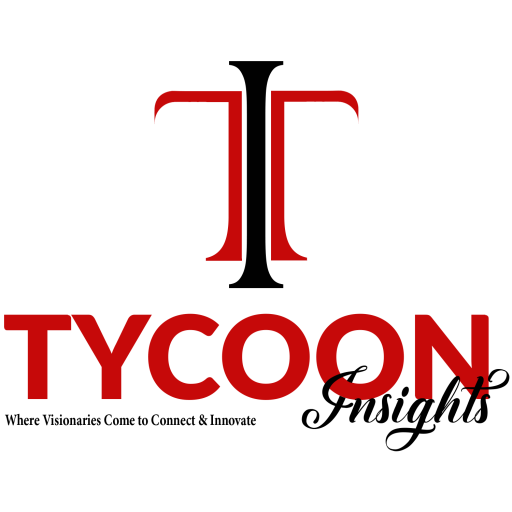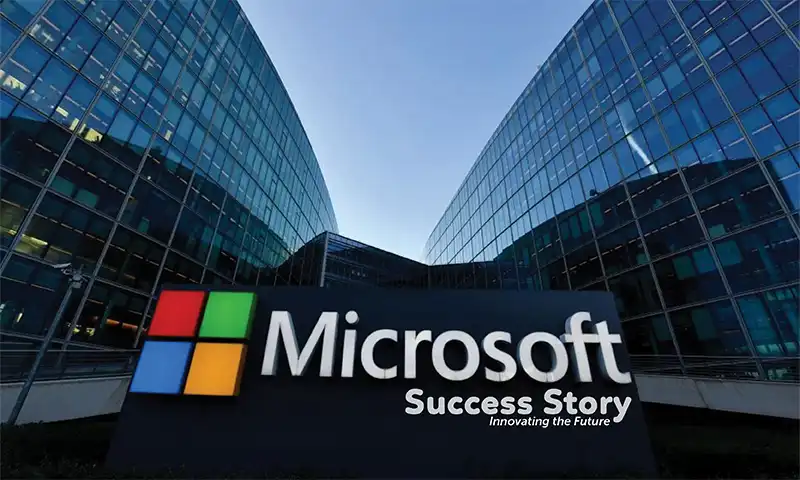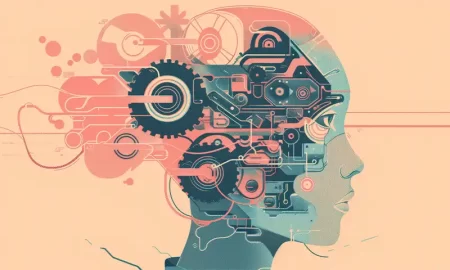Microsoft Success Story: Innovating the Future
Microsoft has become a household name, synonymous with computing and technological innovation. From its humble beginnings in a garage to its current status as one of the world’s leading technology companies, Microsoft’s journey is a testament to the power of vision, innovation, and relentless pursuit of excellence. This article delves into the fascinating success story of Microsoft, exploring its milestones, key products, and the strategies that have cemented its place at the forefront of the tech industry.
The Founding Vision
Microsoft was founded in 1975 by Bill Gates and Paul Allen, two childhood friends with a passion for computing. Their vision was to create software for the burgeoning personal computer market. The name Microsoft, a blend of “microcomputer” and “software,” reflects this ambition. The duo started by developing a BASIC interpreter for the Altair 8800, an early personal computer.
The Breakthrough with MS-DOS
The pivotal moment in Microsoft’s early years came in 1980 when IBM approached them to develop an operating system for their new line of personal computers. Microsoft seized this opportunity by purchasing an existing operating system, modifying it, and licensing it to IBM as MS-DOS. This deal catapulted Microsoft into the spotlight and established its reputation as a key player in the software industry.
Windows: Revolutionizing User Experience
Building on the success of MS-DOS, Microsoft launched Windows 1.0 in 1985. Unlike its text-based predecessor, Windows introduced a graphical user interface (GUI), making computers more accessible to the general public. Over the years, Microsoft continued to refine and expand the Windows operating system, with notable releases such as Windows 95, Windows XP, and Windows 10. Each version brought significant improvements in functionality, security, and user experience.
Office Suite: Empowering Productivity
In addition to operating systems, Microsoft revolutionized office productivity with the introduction of Microsoft Office in 1989. This suite of applications, including Word, Excel, and PowerPoint, became essential tools for businesses and individuals alike. The seamless integration of these applications fostered a new era of digital productivity, cementing Microsoft’s dominance in the software market.
The Internet Era and Beyond
The advent of the internet in the 1990s presented new challenges and opportunities for Microsoft. The company responded with the launch of Internet Explorer in 1995, aiming to capture the emerging web browser market. Despite facing stiff competition from rivals like Netscape, Internet Explorer became the most widely used web browser for many years.
Diversification and Expansion
Recognizing the need to diversify its offerings, Microsoft ventured into various other areas of technology. The release of the Xbox gaming console in 2001 marked the company’s entry into the gaming industry. The Xbox brand has since grown into a major player in the market, with a dedicated fanbase and a strong lineup of games.
In the mobile space, Microsoft made several attempts to compete with giants like Apple and Google. While products like the Windows Phone and the Zune music player did not achieve the same level of success, they demonstrated Microsoft’s willingness to innovate and explore new markets.
Cloud Computing: The Azure Revolution
One of Microsoft’s most significant achievements in recent years has been its success in the cloud computing space. Launched in 2010, Microsoft Azure has become one of the leading cloud platforms, offering a wide range of services including virtual machines, databases, and AI tools. Azure has positioned Microsoft as a key player in the cloud industry, competing with other giants like Amazon Web Services (AWS) and Google Cloud.
Acquisitions: Strategic Growth
To bolster its technological capabilities and market presence, Microsoft has made several high-profile acquisitions. The purchase of LinkedIn in 2016 for $26.2 billion expanded Microsoft’s reach into the professional networking space. The acquisition of GitHub in 2018 for $7.5 billion strengthened its position in the developer community. These strategic acquisitions have enabled Microsoft to integrate new technologies and services into its ecosystem, enhancing its overall value proposition.
Commitment to Innovation
Innovation has always been at the core of Microsoft’s success. The company invests heavily in research and development, with initiatives like Microsoft Research driving advancements in fields such as artificial intelligence, quantum computing, and augmented reality. Products like HoloLens, an augmented reality headset, showcase Microsoft’s commitment to pushing the boundaries of technology and exploring new frontiers.
Corporate Social Responsibility
Microsoft’s success story is not just about technological innovation; it also encompasses a strong commitment to corporate social responsibility. The company has undertaken numerous initiatives aimed at addressing global challenges, from environmental sustainability to digital inclusion. Programs like AI for Earth and partnerships with nonprofit organizations demonstrate Microsoft’s dedication to using technology for social good.
Leadership and Vision
The leadership at Microsoft has played a crucial role in its success. Bill Gates‘s vision and strategic thinking laid the foundation for the company’s growth. His successor, Steve Ballmer, continued to drive expansion, particularly in the enterprise market. Under the current CEO, Satya Nadella, Microsoft has embraced a cloud-first, mobile-first strategy, leading to significant growth in its cloud and AI businesses. Nadella’s focus on empathy, inclusiveness, and collaboration has also transformed the company’s culture, making it more agile and innovative.
The Future of Microsoft
Looking ahead, Microsoft is poised to continue its trajectory of innovation and growth. The company is heavily invested in emerging technologies such as artificial intelligence, quantum computing, and mixed reality. These advancements have the potential to revolutionize industries and redefine the way we interact with technology.
Microsoft’s commitment to sustainability and social impact will also play a crucial role in shaping its future. By leveraging its technological capabilities to address global challenges, Microsoft aims to create a more inclusive and sustainable world.
Conclusion
The Microsoft success story is a testament to the power of vision, innovation, and relentless pursuit of excellence. From its humble beginnings to its current status as a global technology leader, Microsoft has consistently pushed the boundaries of what is possible. Through groundbreaking products, strategic acquisitions, and a commitment to social responsibility, Microsoft has not only shaped the tech industry but also impacted the world at large. As the company continues to innovate and evolve, its influence on the future of technology remains as significant as ever.
The journey of Microsoft is far from over. With its unwavering commitment to innovation, strategic vision, and dedication to making a positive impact, Microsoft is well-positioned to lead the way in shaping the future of technology. The story of Microsoft is not just about a company; it is about a legacy of innovation that continues to inspire and transform the world.












